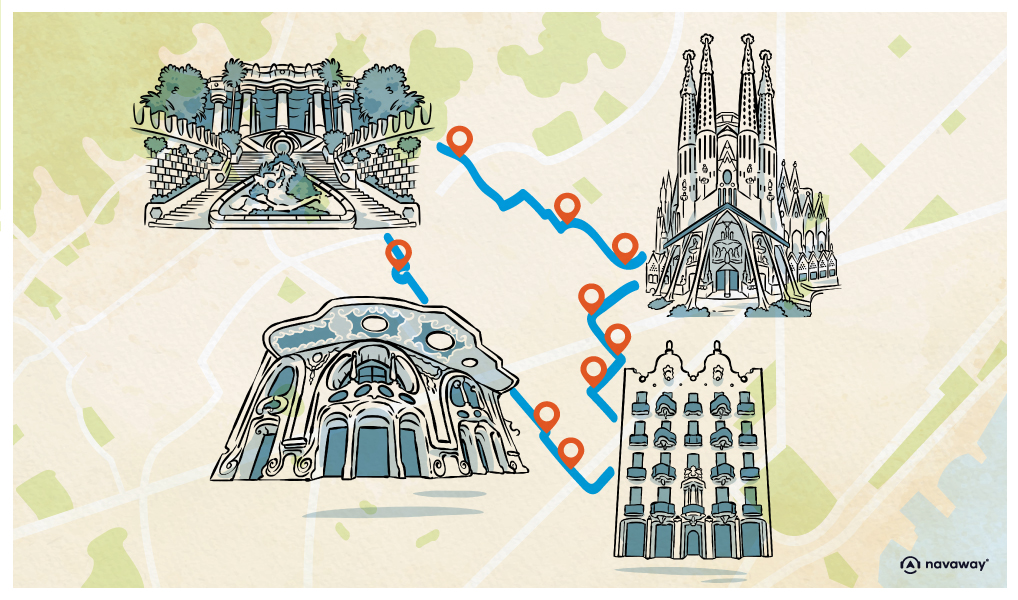
Plaça de la Vila de Gràcia

This point of interest is available as audio on the tour: Visit Barcelone, Through Gaudí’s eyes
You’re now standing in the heart of Gràcia, on Plaça de la Vila de Gràcia. Feel that village vibe? That’s no coincidence — Gràcia was once an independent town from Barcelona. It wasn’t until 1897, after the creation of the Eixample district, that it was officially annexed to the city. So, let’s forget Cerdà’s neat grid used to modernise Barcelona’s city layout in 1860 for just a moment — here, the layout follows the more organic feel of a traditional Catalan village. Gràcia came into existence in 1626, growing up around the Convent of Our Lady of Grace, which gave the area its name. Like many other towns, life naturally developed around the convent — homes were built, shops opened, and the neighbourhood grew. You’ll notice that the architecture here is simpler, and that there are more public squares, like the one you’re standing in right now. Built in 1850, this plaza is the perfect place to take a break from the hustle and bustle of Barcelona’s city centre. Take a look towards the southeast corner of the square — see that light-blue Modernist building? That’s Gràcia’s Town Hall, designed in 1904 by Francesc Berenguer. Check out the details — the beautiful wrought iron balconies, and above all, the coat of arms of Gràcia worked into the ironwork. Today, the building serves as the administrative centre for the neighbourhood — but it’s also a reminder of Gràcia’s proud independence. What truly makes this square stand out is its octagonal clock tower, rising 33 meters high since 1864. At the top sits a bell affectionately known as “La Marieta” — a powerful symbol of resistance for the people of Gràcia. According to local tales, in 1870 during the Revolt of the Quintes, a woman from the neighbourhood rang the bell to warn residents that troops were coming to forcibly conscript young men into the army. The inhabitants of Gràcia, like those in other towns in the region, refused and rebelled. It is said that La Marieta rang non-stop for 6 days without the military being able to silence it, and became the symbol of the revolt. Today, the square is lively and constantly animated. If you’re lucky, you might get to witness a performance of castells — the incredible human towers unique to Catalonia. Otherwise, you might stumble upon the Giants parade, parades of papier-mâché giants, or the elegant Sardana, a traditional Catalan dance symbolising pride and unity. If you happen to be here in mid-August, then you’re in for a real treat as that is when the Festa Major de Gràcia takes place. It’s Barcelona’s biggest street festival, where every street bursts into colour, filled with locals cheering on parades of giants, fire-breathing demons, music and food. A chance for you to experience the joy of Catalan culture in full celebration.

Discover other tours to visit Barcelone

Discover Barcelone with app
An interactive guide through the most beautiful streets, squares, and districts
22 fun audioguides full of historical facts, anecdotes, and legends
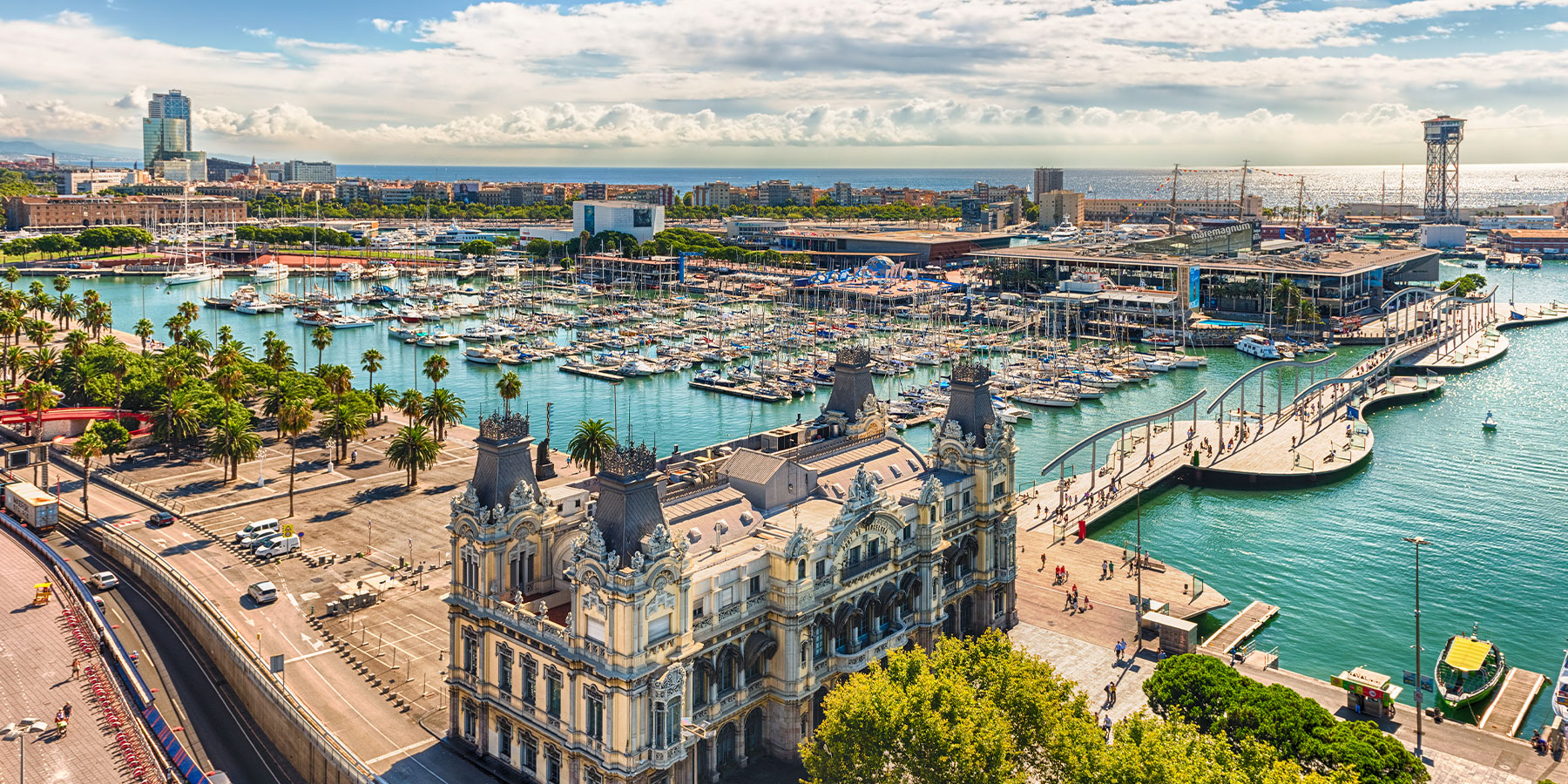
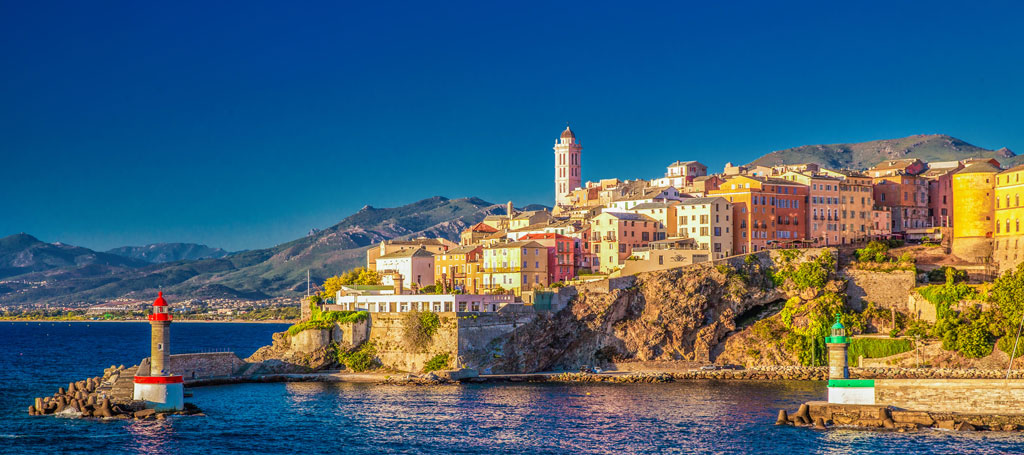
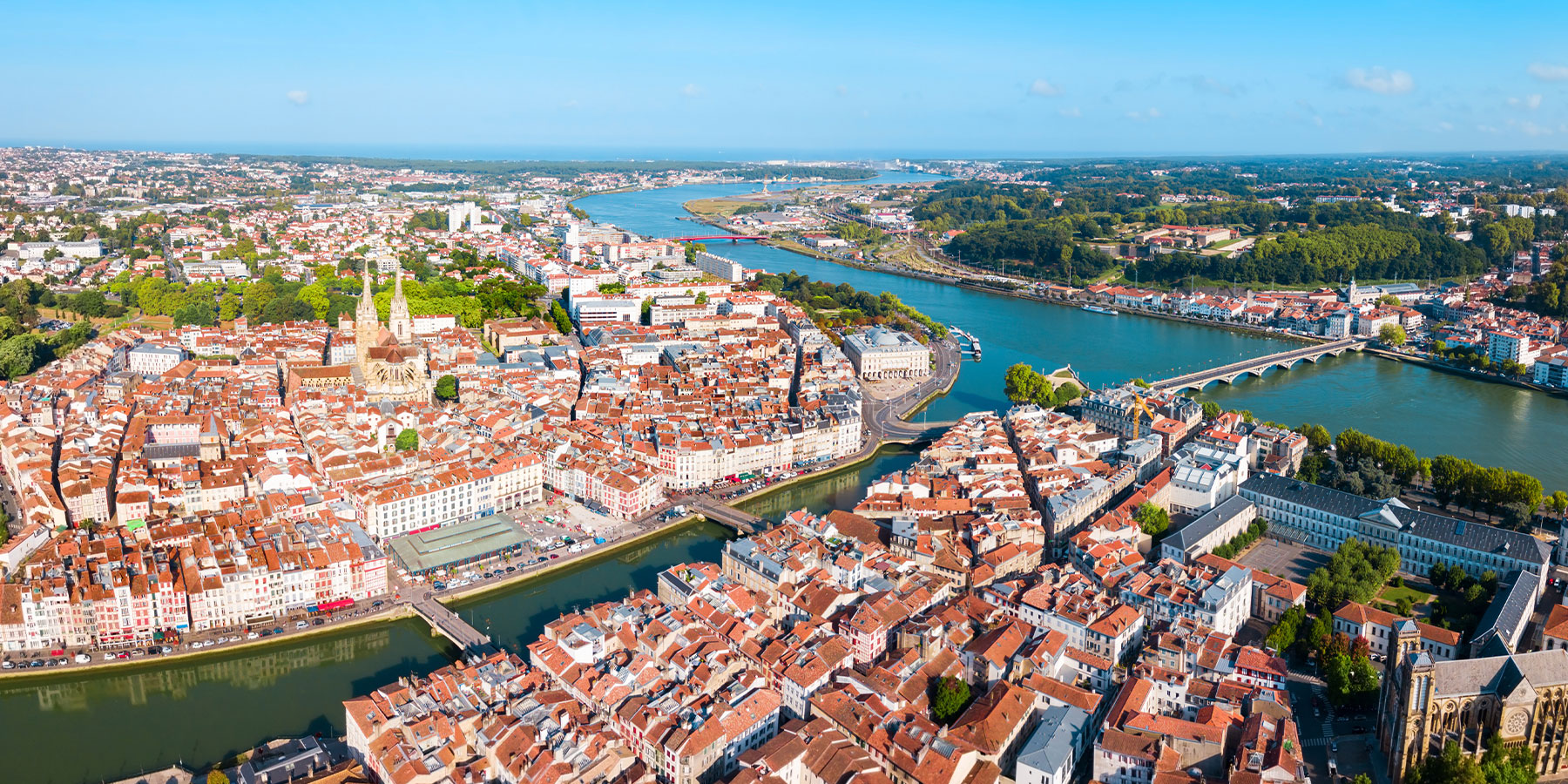
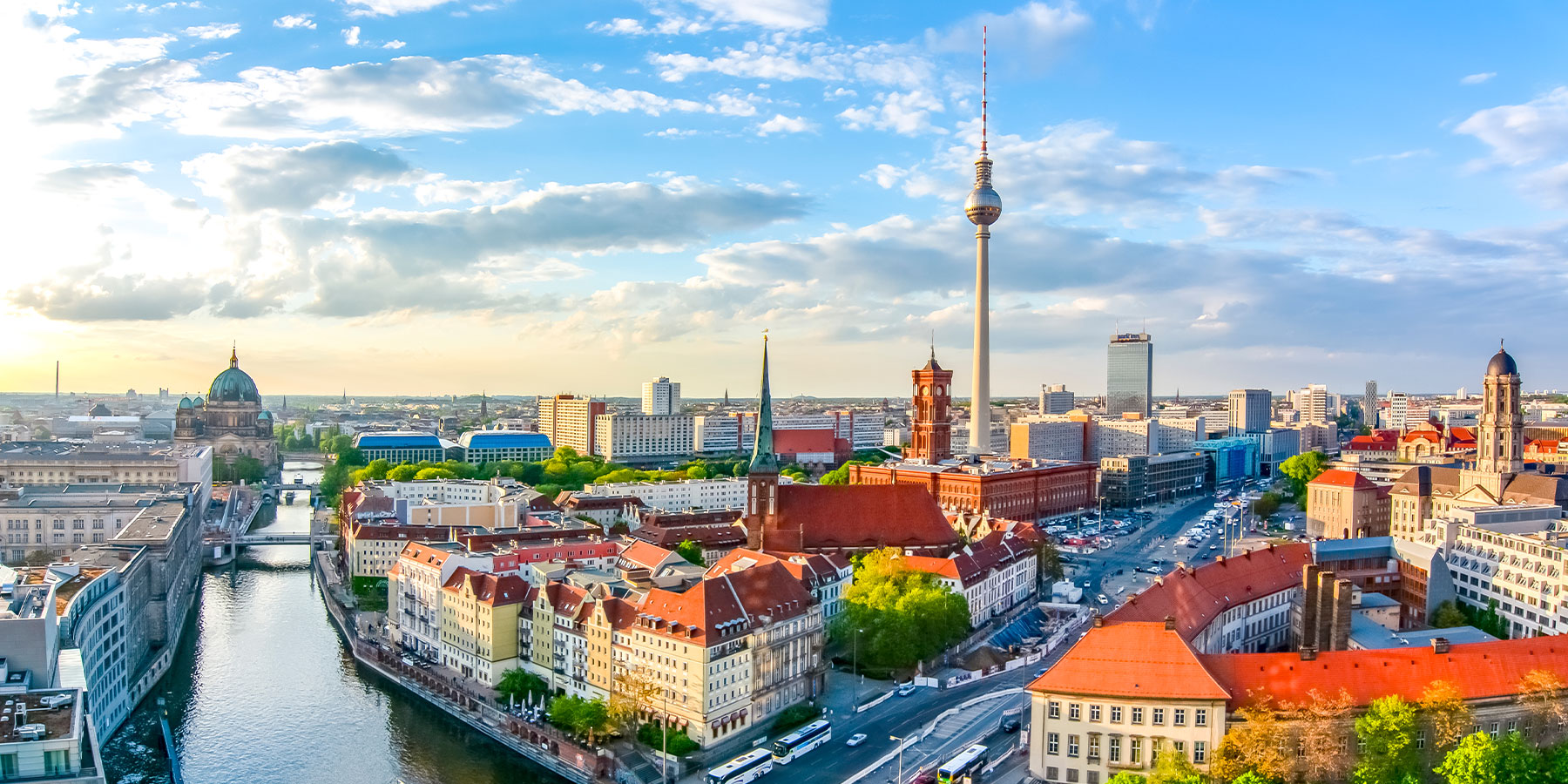


Comments